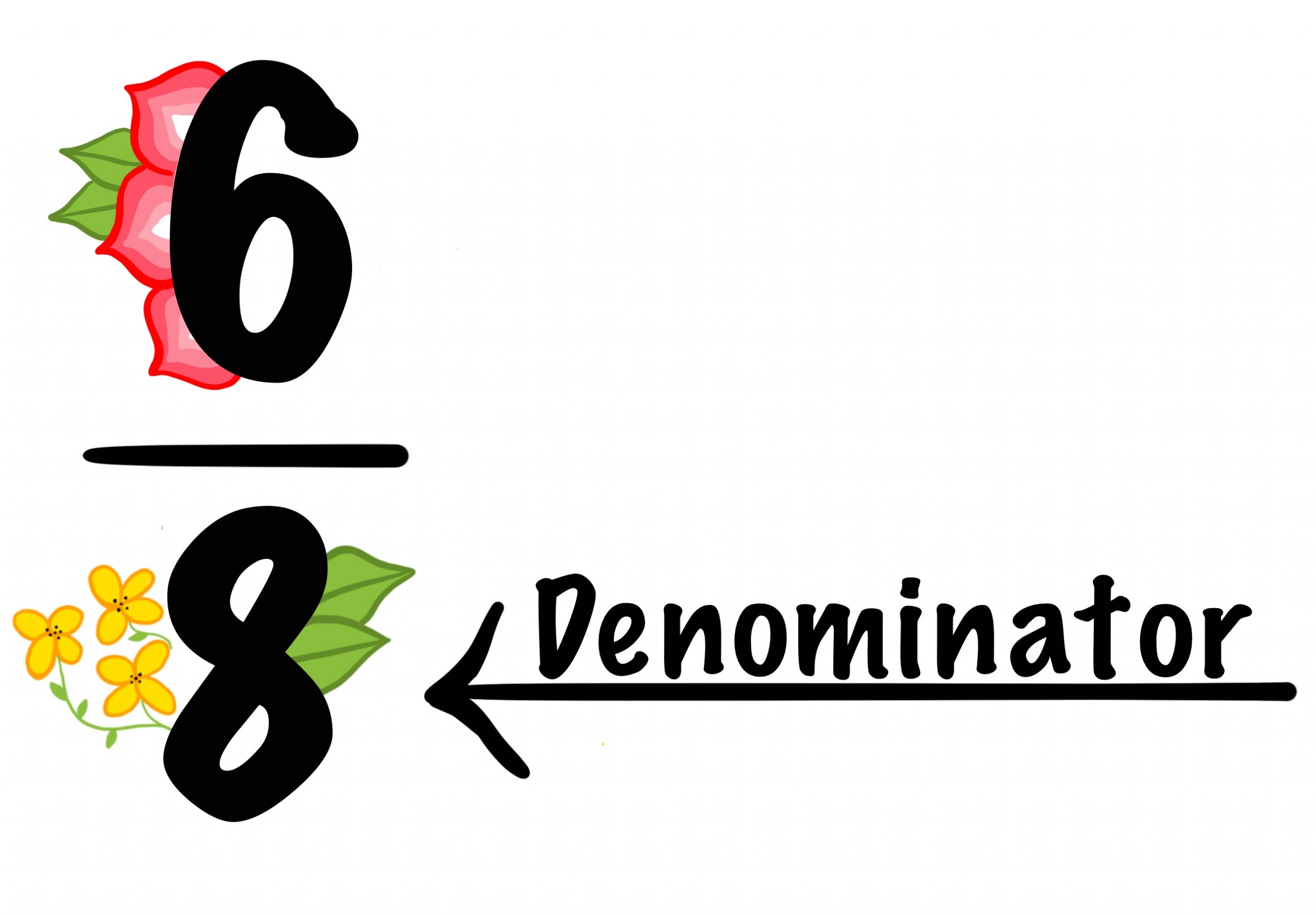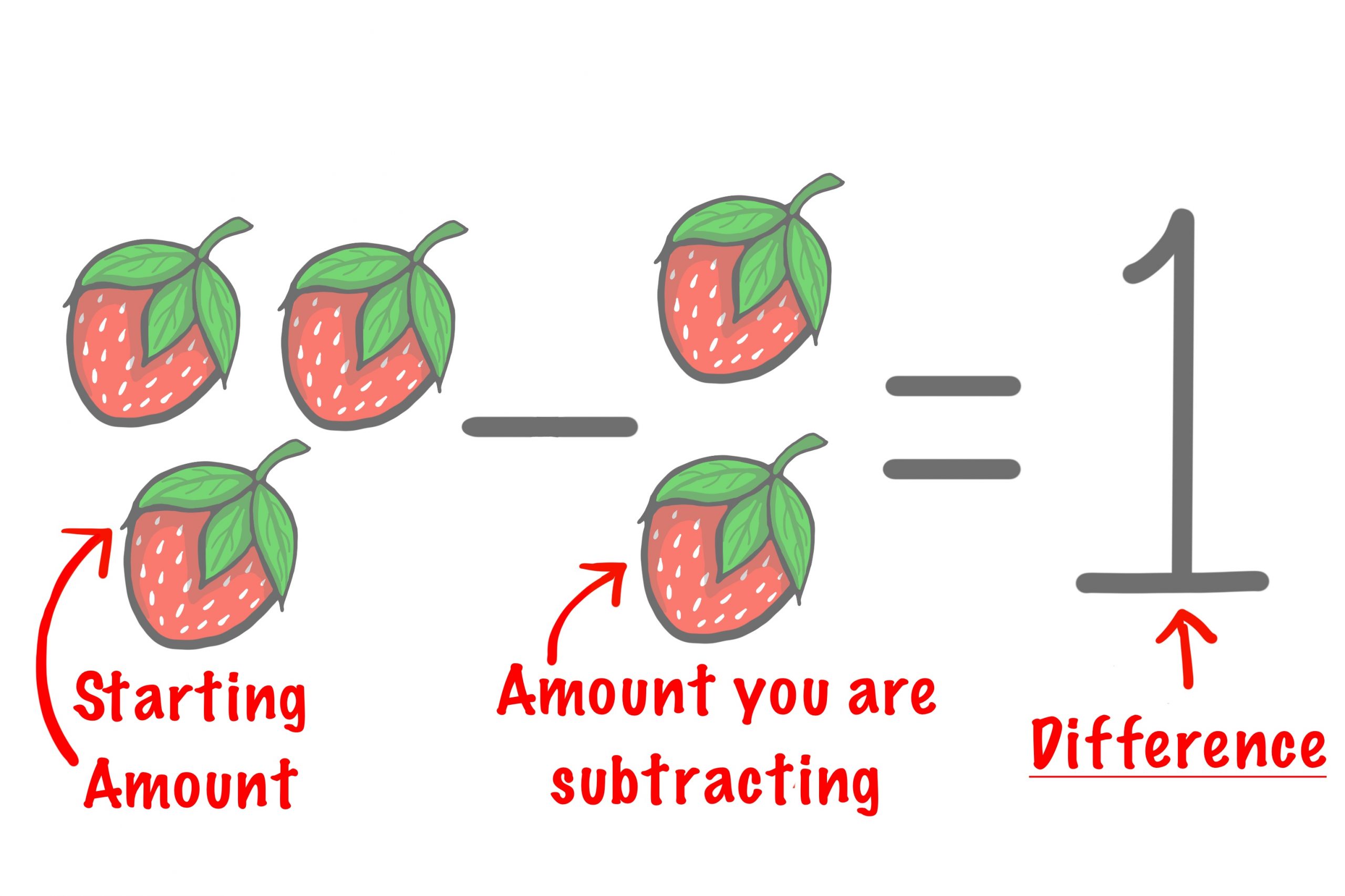
| Data | Information that is collected first or second hand. Data are usually numerical, organized in charts and displayed by graphs. [1] | (1) nȏkanwa (2) akihtȃsȏwinah |
||||||||||
|
Percentage of Cree speakers in Canadian Provinces [9]
|
||||||||||||
| Denominator | The number below the line in a fraction that can state one of the following: the number of elements in a set or the number of equal parts into which the whole is divided. [1] | nichi akihtāson |
 |
||
| Difference | The amount remaining after one quantity is subtracted from another. [1] | iskonikīwin |
 |
||
| Different | Not alike in character or quality; distinct in nature; dissimilar. [6] | pȋtos |
 |
||
| Digit | Any one of the ten numerals: 0, 1, 2, 3, 4, 5, 6, 7, 8, or 9. [1] | peyak akihtâson |
| digits “3”, “0” and “5” form the number “305” | ||
| Dime | A small coin that is worth 10 cents. There are 10 dimes in a dollar. [4] | mitahsonias |
 |
||
| Distributive | A property of real numbers that states that the product of the sum or difference of two numbers is the same as the sum or difference of their products. [1] | (1) pēyakwan ayitaw
(2) ispȋhtawa-kȇyhtakwanwah |
| [latex]3(5+7)=3×5+3×7[/latex] | ||
| Division | A mathematical operation involving two numbers that tells how many groups there are or how many are in each group. [1] | pahpiskihc âyâwin |
| [latex]18÷9=2[/latex] | ||
| Dollar | The main unit of money in many countries such as United States, Canada, Australia, and New Zealand. [4] | pēyakwāpisk |
 |
||
| Domain | The set of all possible input values for a function or relation. [4] | itakisowina |

